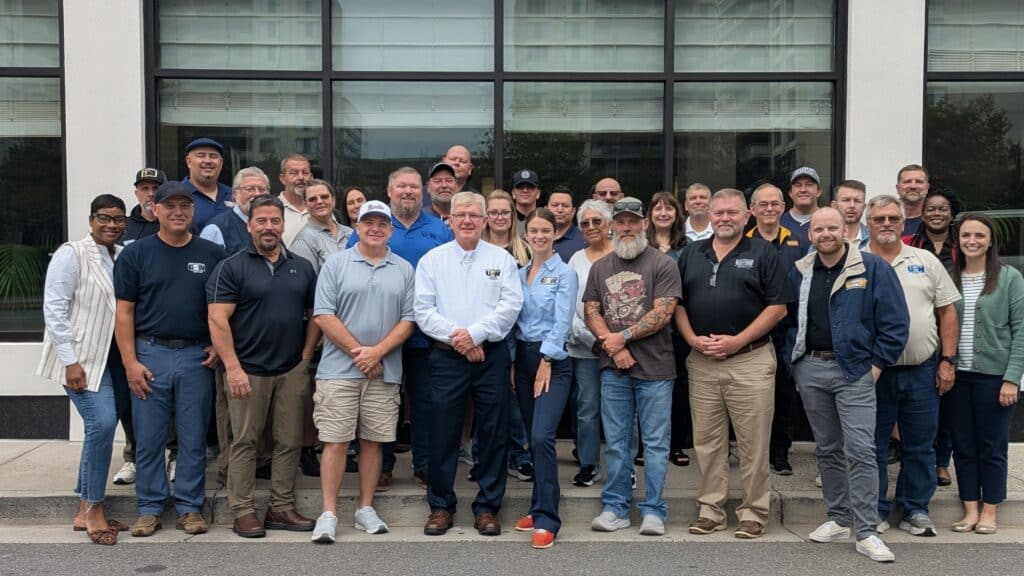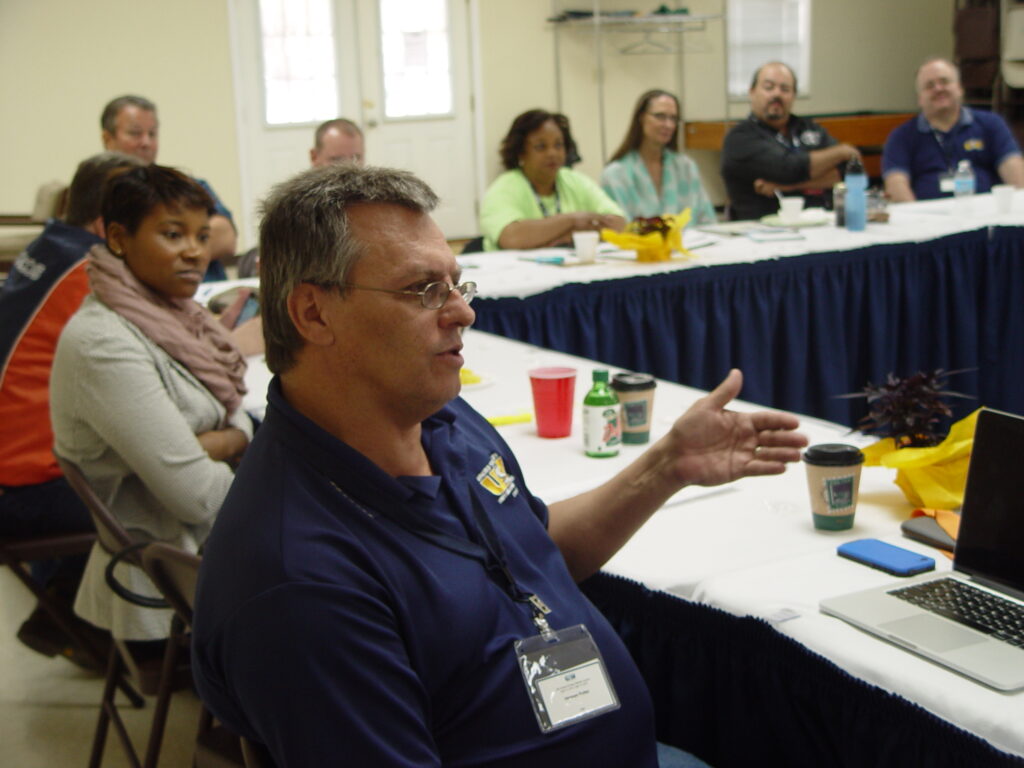Congress Increases Funding for USW Nuclear Cleanup Sites
USW’s sites that conduct nuclear cleanup work for the Department of Energy (DOE) all received greater funding from Congress for the 2020 fiscal year, which began Oct. 1 of last year.
The president signed on Dec. 20 the appropriations bill setting the funding levels after Congress passed the final bill on Dec. 16.
Here is a breakdown of the funding:
| Site | 2019 Funding | 2020 Funding |
Hanford Tank Farm | $865 million | $912 million |
Hanford Plateau | $1.57 billion | $1.61 billion |
WIPP (Waste Isolation Pilot Plant) General Operations | $312 million | $294 million |
WIPP Ventilation System Construction | $85 million | $103 million |
Portsmouth | $408 mollion | $418 million |
Paducah | $206 million | $240 million |
Oak Ridge | $410 million | $450 million |
Idaho National Lab Cleanup Site | $433 million | $434 million |
Idaho National Lab Nuclear Energy Side | $575 million | $568 million |
Overall, DOE’s Environmental Management (EM) department saw an increase in funding from $7.2 billion for fiscal 2019 to $7.5 billion for fiscal 2020.
One notable item in the budget is $5 million for wearable robotic exoskeletons. The USW Atomic Energy Workers Council (AEWC) lobbied for several years to get funding for these devices, which are external skeletons used for repetitive motion tasks that support and protect a worker’s body. A person wearing an exoskeleton can more easily do physical work—like bending down to pick up an item and reaching above their head—without tiring easily and wearing out their body.
Congress also added another requirement: DOE must report regularly to the House and the Senate on the progress of the EM projects currently under court-ordered deadlines.
By clicking Sign Up you're confirming that you agree with our Terms and Conditions.
Recent News Articles
Want to Learn More?
See how the USW is making a real difference in our communities and our workplaces.

